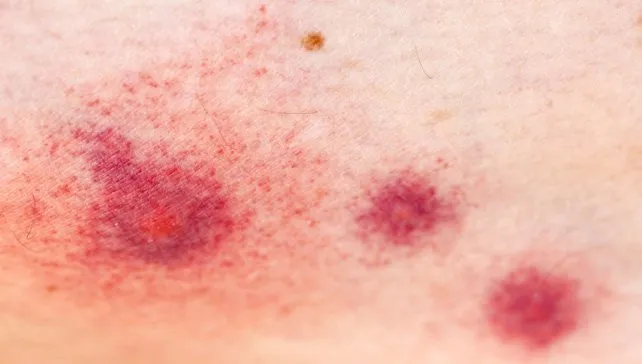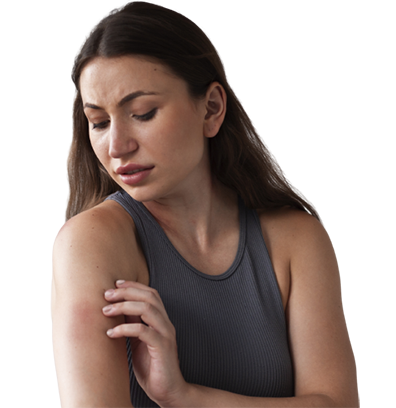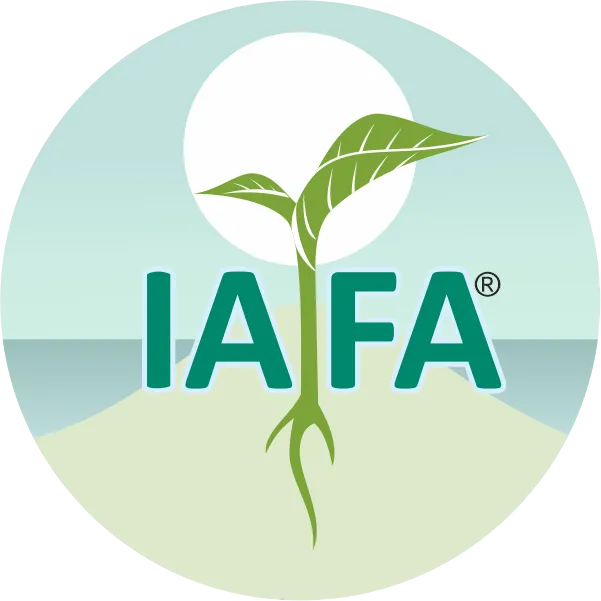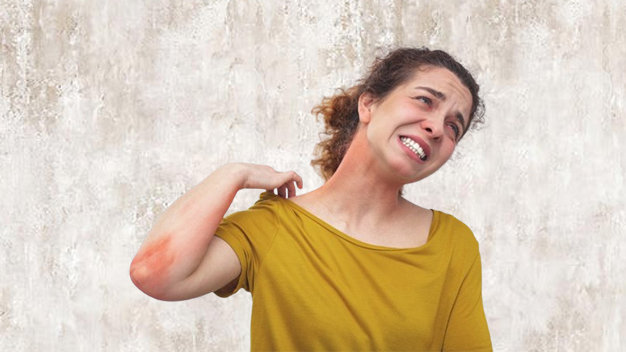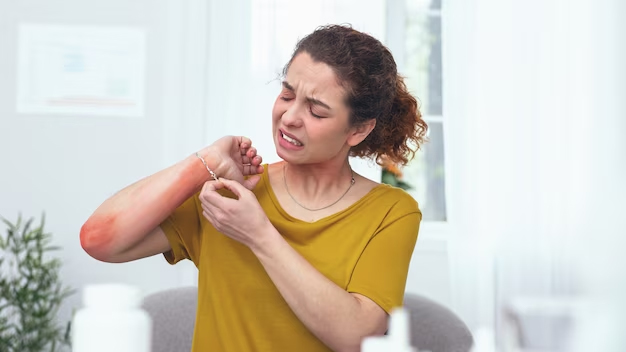On This Page
Insect Sting Allergy (Keetavisha)
आग्नेयैरल्पसंस्रावोदाहरागविसर्पवान् l
पक्वपीलुफलप्रख्य: खर्जूरसदृशोअथवाll
Insect sting allergy also known as Venom Allergy is the allergic reaction initiated by the bite or tingle of some insects. During sting the venom of insect will be injected into the body and causes hypersensitivity reactions. All the insects do not cause allergic reaction and the severity of reactions varies in different people. Most of the stings are non-allergic and end up in mild symptoms like itching, mild pain, swelling etc. In Ayurveda, Acharyas (teachers) mention about Keetavisha (poisoning by insects) in which symptoms and treatment of various insect bites are explained.
Causes of Insect Sting Allergy
When a person is exposed to an insect sting, antibodies will be produced to fight against the insect venom. These antibodies remain in body and on later exposure to the same allergen they stimulate production of histamine and other chemicals to cause allergic reaction.
Following are the three major families of insects that cause allergy on bite.
- Vespidae: Include insects like yellow jackets, hornets, wasps
- Apidae: Include bees like honey bees, bumblebees, sweat bees
- Formicidae: Fire ants (commonly cause anaphylaxis), harvester ants
Mosquitoes, bed bugs etc. also cause mild allergy on bite.
In Ayurveda, there is explanation about various insects that bite humans and result in allergic response. They are mentioned under group Keeta and include various insects like Makshika, Kanabha, Vrischika etc. They are generally grouped according to their dosha predominance into Vatika, Paithika, Kaphaja and Sanniptahika Keeta. There is separate mention about the signs, symptoms and treatment of each of these insects’ bite.
Symptoms of Insect Sting Allergy
The manifestation of insect sting allergy varies from person to person. Local symptoms at bite site include:
- Swelling
- Redness
- Pain
If there is unusual pain and other severe allergic reactions, medical emergency may be required. Sometimes symptoms may become so severe that it may cause Anaphylaxis. Signs of anaphylaxis include:
- Inflammation of tongue
- Dizziness
- Fainting
- Difficulty in swallowing
- Nausea or vomiting
- Stomach cramps
- Sudden drop of blood pressure
These symptoms usually appear within minutes of insect bite.
Ayurveda explains the symptoms of paithikakeeta as redness, burning sensation and blackish red discoloration at the site of bite.
Ayurvedic Reference of Insect Sting Allergy – Keetavisha
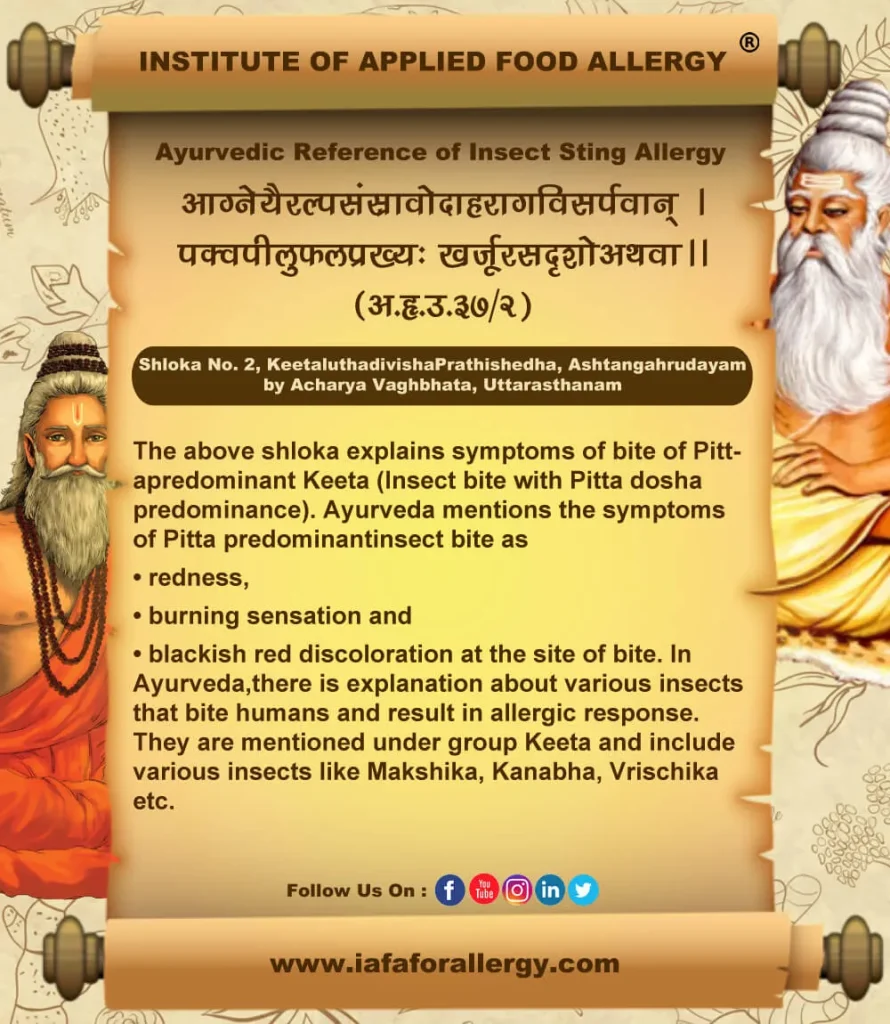
Diagnosis of Insect Sting Allergy
Diagnosis can be done by taking detailed medical history including type of exposure, previous exposure etc. Tests like skin-prick test, intradermal skin test or blood test can be performed.

“Ayurveda is the ancient knowledge about the purposes of life. Along with teaching about the purposes of life Ayurveda teaches us, the method of naturalhealing. Dr. Gupta’s IAFA is one among the leaders of spreading Ayurveda around the globe. Institute of Applied Food Allergy® is the best Ayurvedic destination for healing insect bite allergies through Ayurveda antidote measures”.
Visit us today and feel the natural healing!!!
– Dr. Sahil Gupta (B.A.M.S., M.H.A.)
Ayurvedic Allergy Specialist
CEO & Founder of IAFA®
At last, Easier Insect Sting Allergy Management

Trusted by
More than 90,000 Patients

Convenient
at-Home Treatments

9.2 / 10
Customer Satisfaction Score
Ayurvedic Treatment of Insect Sting Allergy
Ayurveda advises treatment of insect bite through internal medicine, external application and various procedures. It is focused on pain relieving, neutralizing poison and preventing complications.
Internal Medicines
- Neelitulasyadi Kashaya
- Vilwadi gulika
- Dasanga Gulika
- Lodhrasevyadi Kashaya
- Dushivisari Gulika
- Avipathi Churna
External Medicines
- Triphala churna
- Nimbadi churna
- Vilwadi gulika
- Aragwadhadi kwatha
- Guluchyadi kwatha
Treatment Procedures
- Kashayadhara (Pouring medicated liquid on affected area)
- Virechana (Purgation)
- Raktamoksha (Bloodletting)
Herbs that are Useful in Insect Sting Allergy Treatment
- Lakshmana (Biophytum sensitivium)
- Haridra (Curcuma longa)
- Tulsi (Ocimum sanctum)
- Padmakam (Nelumbo nucifera)
- Lodhra (Symplocos racemosa)
- Sirisha (Albezia lebbeck)
- Lakshmana or Vipareeta lajjalu (Biophytum sensitivium)
Diet in Insect Sting Allergy
Pathya (Do’s)
- Popped rice
- Bitter vegetables
- Green gram
- Include more fruits and vegetables
- Water boiled with Khadirasara (Acacia catechu)
- Sufficient quantity water intake
Apathya (Don’ts)
- Spicy and sour food
- Non vegetarian diet
- Day sleep
- Curd
- Excess exposure to heat and sunlight
- Heavy and fatty meal
Yoga and Pranayama in Insect Sting Allergy
Yoga asanas (postures) and pranayama (breathing exercise) help in strengthening over all body immunity. It is beneficial to maintain and increase balance and health of body as well as mind. Regular practice yoga and pranayama will help to get rid of many of the ill effects.

Frequently Asked Questions
Question: Which are the common insects that cause allergy on bite?
Answer: Common insects causing allergy are Yellow Jackets, Honey bees, Fire ants etc.
Question: What are thedangerous symptoms of insect bite?
Answer: Symptoms like dizziness, nausea, vomiting, fainting, decreased blood pressure etc. are dangerous and should be managed under emergency care.
Question: What is Ayurvedic management in Insect Sting Allergy?
Answer: Allergic reactions caused by insect sting can be treated effectively by Ayurvedic medicines. It includes internal as well as external medicines with purification therapies.
Question: What are the symptoms of Insect Sting Allergy?
Answer: The symptoms usually appear within minutes of insect bite. Ayurveda explains the symptoms of paithikakeeta as redness, burning sensation and blackish red discoloration at the site of bite.
Question: How Insect Sting Allergy is treated?
Answer: The main aim of Ayurvedic treatment of insect sting allergy is to give relief in the pain, treatment of poison, avoiding further complications and treatment of various symptoms associated with it.
Question: What is the Ayurvedic treatment of Insect Sting Allergy?
Answer: Ayurvedic treatment of insect sting allergy includes internal medication, external application and various other procedures that are generally safe and effective.
Question: What are the Ayurvedic herbs that are useful in insect sting allergy?
Answer: Various herbs like Haridra (Curcuma longa), Tulsi (Ocimum sanctum), Padmakam (Nelumbo nucifera), Sirisha (Albezia lebbeck), Lakshmana (Biophytum sensitivium), Lodhra (Symplocos racemosa) etc. are beneficial.
Question: What is the recommended diet and lifestyle in Insect Sting Allergy?
Answer: Food products such as – popped rice, bitter vegetables, green gram, fresh fruits and vegetables and sufficient quantity of water intake are recommended. Non-vegetarian food, spicy and sour food, curd, day sleep, excessive exposure to heat and sunlight, intake of heavy and fatty meal must be avoided.
References
- Shloka No. 2, Keetaluthadivisha Prathishedha, Ashtangahrudayam by Acharya Vagbhata, Uttarasthanam.
- Ambikadutt Shastri, Sushruta Samhita, 12th ed. Chaukhambha Publication, New Delhi, 2001. p. 64.
- Ashtang Hridya, Atrideva Gupt, Reprint. Chaukhambha Prakashan, 2009.
- Charak. Charak Samhita by Dr. Brahmanand Tripathi, Reprint. Chaukhambha Prakashan. 2009.
- Ayurveda Dipika. Commentary on Charak Samhita. Chikitsasthana. 23/152, 5th ed. New Delhi: Munshiram Manoharlal Publishers Pvt. Ltd; 1992. p. 503.
- Sahil Gupta, Ayurvedic Aspects of Allergies and Fungal Infections, Edition 2021, Insect Sting Allergy Chapter No. 04, Page No. 28-33.
Ayurveda is the ancient knowledge about the purposes of life. Along with teaching about the purposes of life Ayurveda teaches us, the method of naturalhealing. Dr. Gupta’s IAFA is one among the leaders of spreading Ayurveda around the globe. Dr. Gupta’s IAFA is the best Ayurvedic destination for healing insect bite allergies as well any kind of allergic disorders.
Visit us today and feel the natural healing!!!
Dr. Gupta’s Ayurveda – the best Ayurvedic destination for allergic disorders.
Was this Page Helpful?
So IAFA Root-Cause Treatment of Your Insect Sting Allergy is Just 3 Steps Away!

01. Connect With Us
Share your history of illness or Book your appointment

02. Consult With Us
Dr. Gupta a certified Ayurvedic Allergist Consultant

03. Root Cause Treatment
Get an accurate diagnosis, medicines, diet & lifestyle change
Insect Sting Allergy – Case Studies
Real Case Studies of Successfully Treated Patients from All Around the World by IAFA Ayurveda®
-
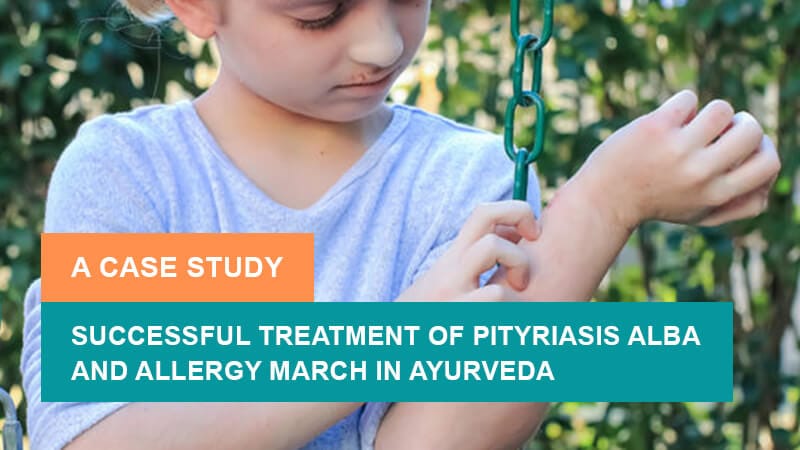
Successful Treatment of Pityriasis Alba and Allergy March in Ayurveda – A Case Study
It is a case study about successful treatment of Pityriasis Alba and…
-

Successful Treatment of Gallstones (Cholelithiasis) with Ayurvedic Medications – A Case Study
It is a case study about the successful treatment of Gallstones (Cholelithiasis)…
-
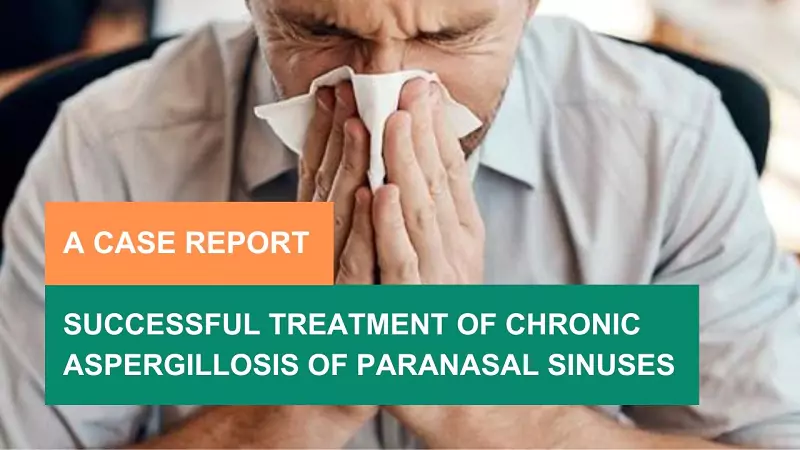
48-Year-Old Male Patient Got Relief from Chronic Aspergillosis of Paranasal Sinuses – A Case Study
Fungal infections can be treated with a high success rate by various…
-
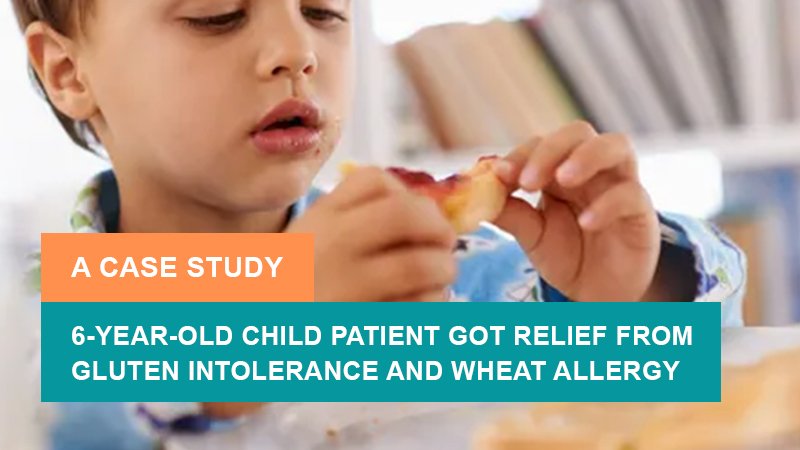
6-Year-Old Child Patient Got Relief from Gluten Intolerance and Wheat Allergy – A Case Study
It is a case study of a 6-year-old Child Patient who got…

